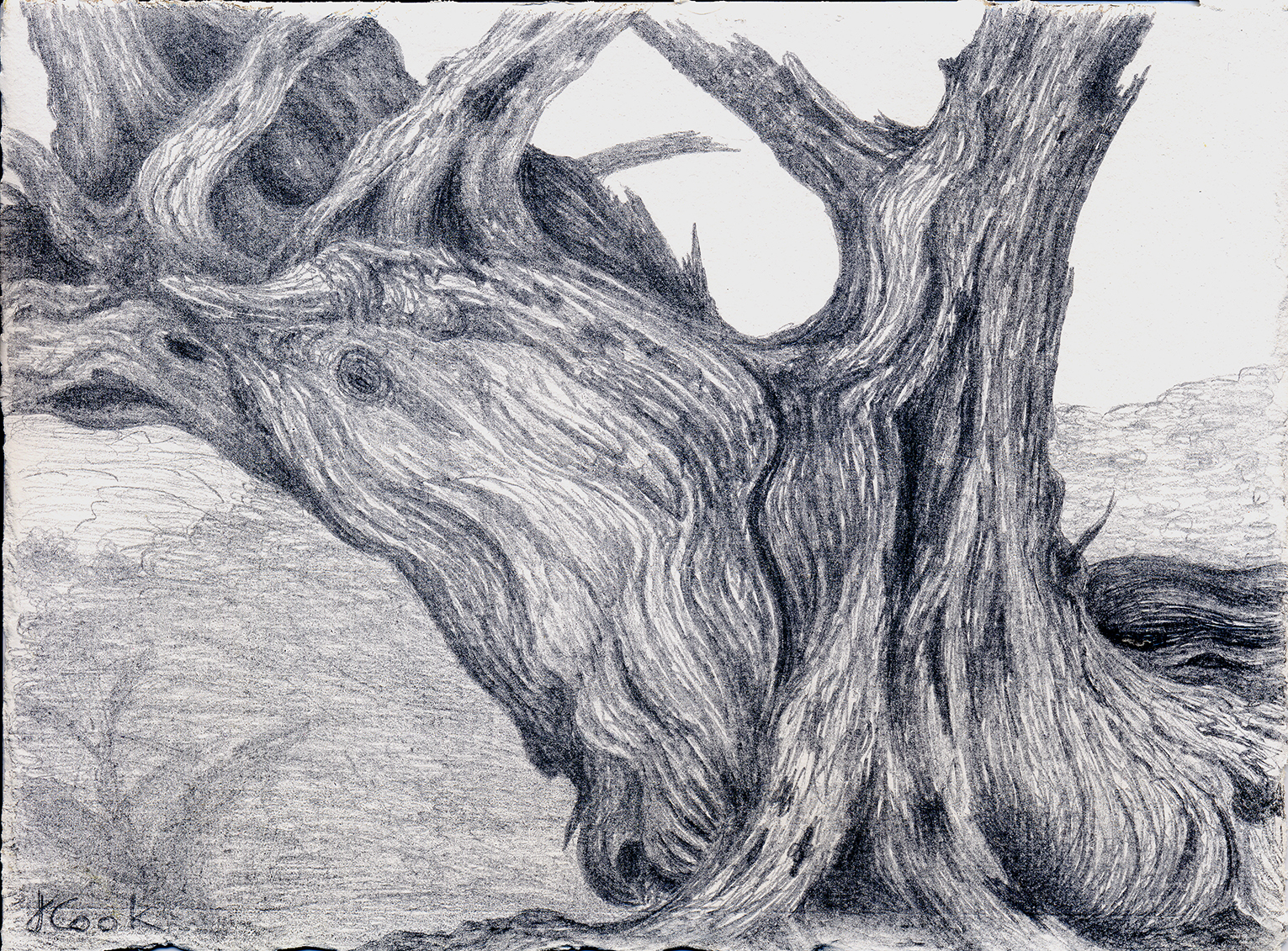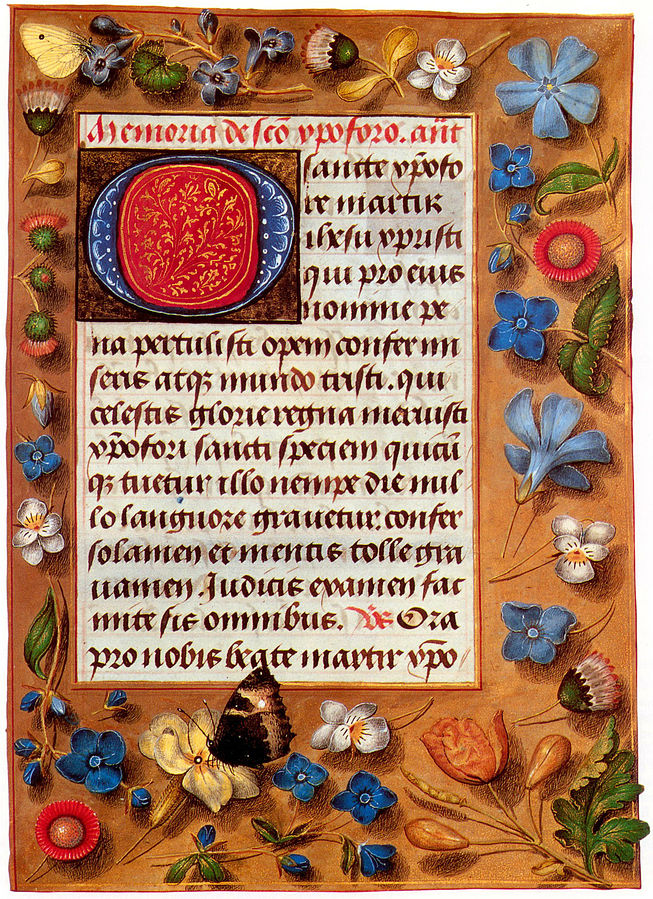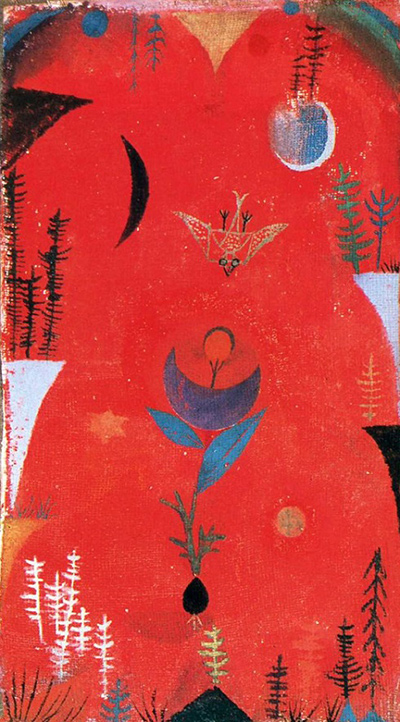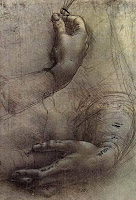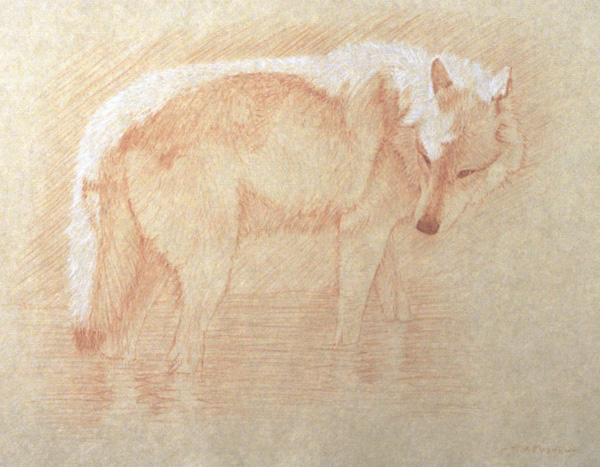Last weekend, bright and early, I set off by boat to a friend's island for a day of art with my artist friend, Marjett Schille. As we stepped onto the dock and walked along the deliciously distinctive boardwalk to the high ground, it was like entering a magic kingdom. Islands always have a strange allure - it is as though time is somehow suspended, and the routines of daily life slip away. Everything becomes possible, fresh and beckoning. In other words, the most wonderful place imaginable to visit as an artist.
We spent a golden, sun-filled day in an incredibly ancient and sacred-feeling place, a vast Indian shell mound dating back thousands of years. All the bleached oysters have created the perfect soil environment for red cedars to grow, with live oaks a little further away from the salt water marsh line.
A Grasp on the Marshes, watercolour and sanguine ink, Jeannine Cook artist
These trees are huge, gnarled, contorted - each one is a total personality. One could spend years simply doing "portraits" of these trees, survivors of storms, droughts, gales and other adversities.
The Cedar Seer, silverpoint, Jeannine Cook artist
We worked hard - if you can call it work - as it is always such a privilege and joy to be able to visit this island. Time means nothing. The sun moves around, the tide comes swiftly back to lap at the roots of the cedars and the herons sit silently far above in the tree tops. Only the diminutive pigs, rooting in the dry leaves, make any sound.
The Marshes of McIntosh, graphite, Jeannine Cook artist, Private collection
Before we could comprehend, the sun was slanting far to the west and it was time to head back to the house to join our wonderful hosts. Soon, in the luminous twilight, we coasted gently home on a full tide to "the hill", the mainland, as the bright moon rose and Venus glowed far above our peaceful boat.
Island art-making is indeed a special affair.

